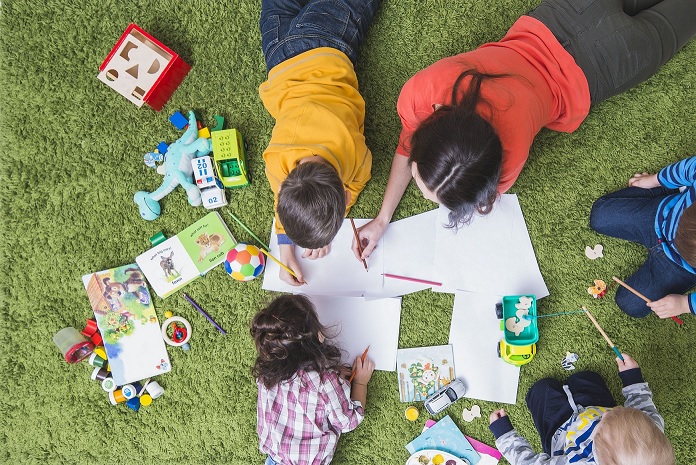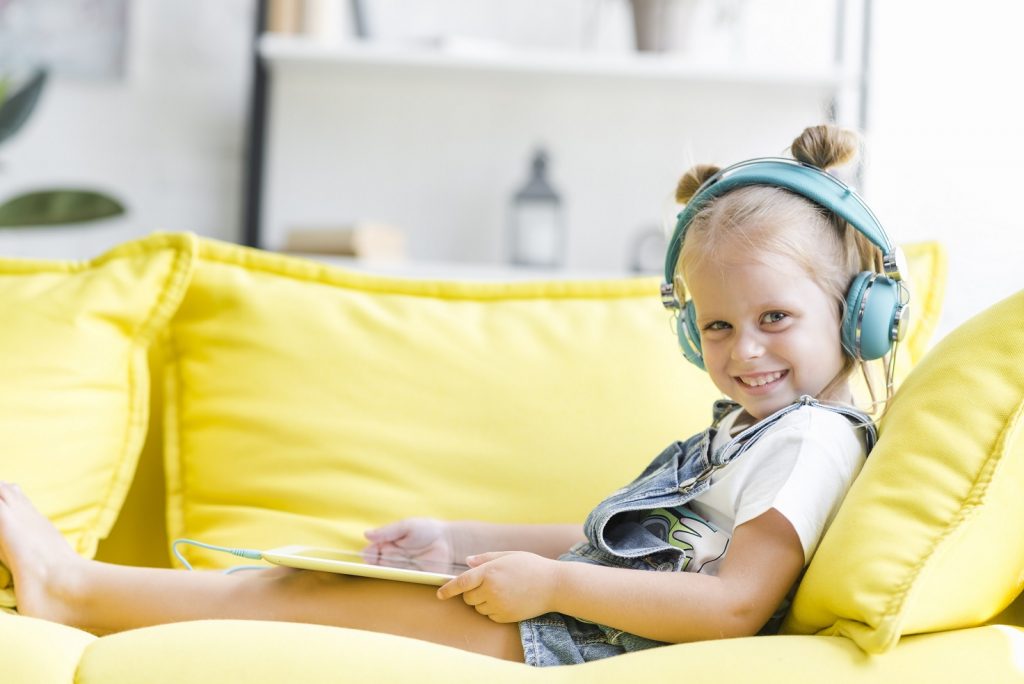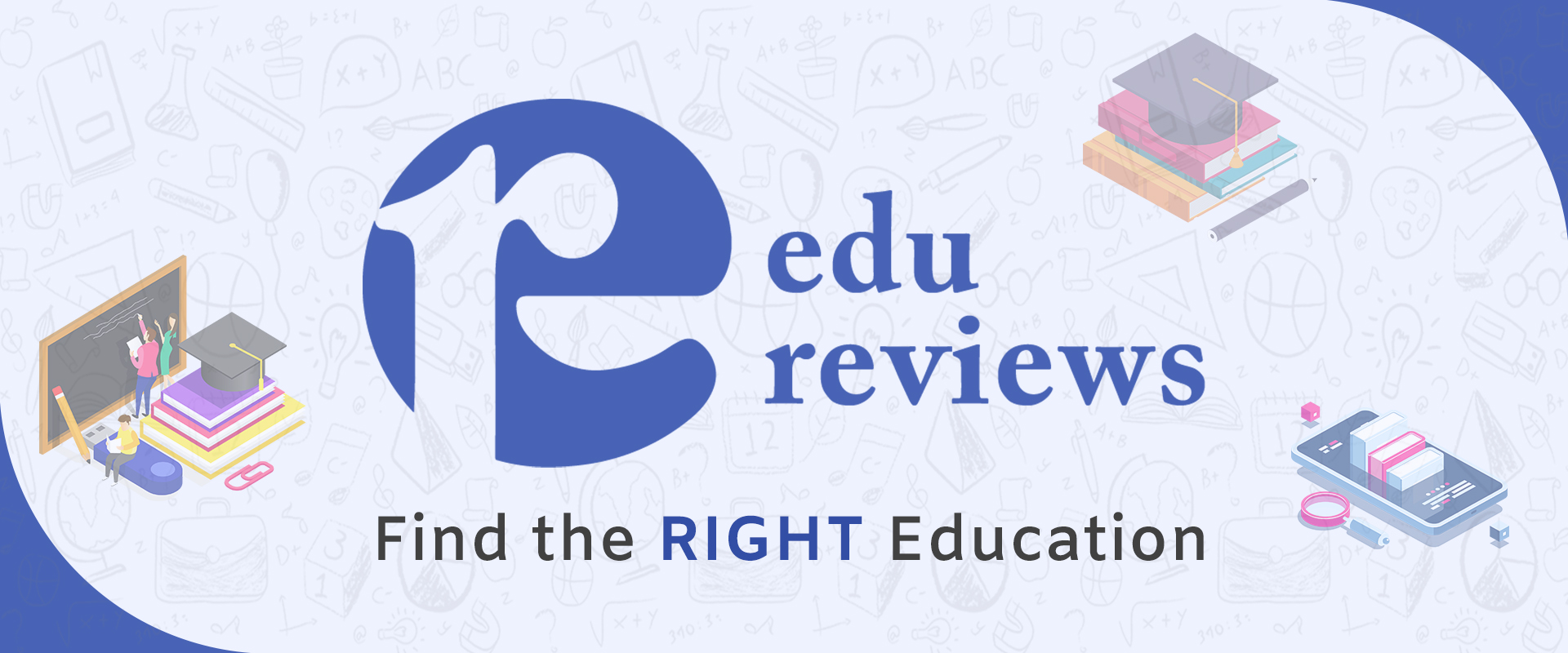Would you believe me if I told you I slept through most of my secondary school days? I would lose focus and naturally fall asleep when the teacher starts talking. I’m only awake for recess, lab experiments, carpentry and sports, or to hand in my homework and finish my tuition homework. My mum would get really frustrated with me, receiving constant complaints from my teachers. Thinking that I’m a rebel and was not serious about my studies, she ended up sending me for more tuition. Yes, I definitely learn better in tuition because the teachers were more engaging and their learning materials definitely suit my learning style. I’m a visual and kinesthetic learner – Of course I’d fall asleep when the teachers in school just babble on non-stop!
Parents, don’t misunderstand that your child is goofing around or driving you up the wall. Every child has different learning style and they’re also finding strategies to help them learn better. We will explore the three learning style in this article – Visual, Auditory and Kinesthetic, as well as ways to help them learn better respectively.

Visual Learner
Visual learners, often called spatial learners, and they learn best by seeing. Their strength is definitely their eyesight – they will take notice of everything they see, including the smallest detail in a poster. Visual learners gain information from sight and they need to convert spoken instructions into visual form by taking notes or doodling.
Characteristics
- Great spacial sense, which makes them good with map reading and a strong sense of direction
- Able to visualise and picture things in their mind
- Have a good sense in dressing and colour matching
- Recalls appearances with ease
- Recognises body language and facial expressions
- Often creative and have a good sense of orientation & planning
- Notices visual details that others might miss
- Good at taking notes in the form of text and doodles
- Appreciates pictures and illustrations in books
- Loves watching videos, films and movies
- Often lose focus and fall asleep in seminars and talks where they need to activate their auditory ability
What can you do to help them excel?
- Learns well from flash cards, illustrations, pictures, mind maps, charts, diagrams, videos, etc.
- Use bright colours to attract their attention
- Surround him or her with books
- Stock up art supplies for them to draw, doodle and create visual art of what they’re learning
- Teach them to use highlighters with their notes
- Create a quiet, non-distracting (less things to see) space for them to work on their homework
- Let them watch documentary or educational videos

Auditory Learner
Auditory learners learn best by hearing. Classroom environment suits this type of learning best and teachers often love teaching them as they’re more obedient and easy-to-teach . Auditory learners easily comprehend, process and retain information in school lessons and university lectures. They are also to listen to spoken word and interpret tone with high level of accuracy and efficiency.
Characteristics
- Good at remembering people’s names
- Loves listening to music and rhymes
- Remember song lyrics naturally and sing them out the next time
- Enjoys listening to audio books and storytelling
- Sensitive and easily distracted by sounds
- Strong sense of hearing. They can hear soft conversation and sound while they’re busy at something.
- Remembers spoken information easily
- Prefers classes in lecture format
- Tends to record classes and lectures to hear them again
- Often lose their way as they have poor sense of direction and map reading
- Need to repeat what they see and often overlook their surroundings.
- Prefers someone to read a story to them rather than reading it themselves
What can you do to help them excel?
- Stimulate their learning and communication through discussion, group chat and classrooms
- Presentations, exam, and reading out loud help auditory learner to study better
- Try to vary your tone and pitch when teaching your child to make it more interesting
- Pair lessons with music, instrumental sound or clapping to let them study better
- Encourage them to say things out loud. Eg: Having a spelling bee, sing along to rhymes or practice reading through audio book
- Record them reading or singing out lout, and let them listen to it later
- Make up a silly song or poem when they have to memorise something

Kinesthetic Learner
A smaller group of the population, kinesthetic learners are a complex bunch and they learn best by doing. They’ll be bouncing around, fidgeting and running around during your classes. The ones that teachers have a hard time teaching and regarded as the naughty students in class. Kinesthetic learner often struggle learning through traditional and sedentary textbook learning. They learn best through physical activity, muscle movement and hands-on learning experience. If you often hear your child saying “Let me see that.”, “Let me hold that.” or “I want to explore everything in this room.”, they’re most likely to be a kinesthetic learner.
Characteristics
- Unable to sit still. They need to move around and explore the environment
- Likes touching objects and people
- Always curious about the surroundings
- Gets bored and lose focus with traditional textbook learning
- Enjoys sports and physical education
- Needs to participate in everything, rather than watch others do it
- Gets excited over field trips, projects or physical experiments
- Gets satisfaction from creating things with their hands
- Often high energy
- Very sharp reflexes and respond to emergency situations quick
What can you do to help them excel?
- Learn best through practical experience as they learn by actually doing it.
- Let them sit on tyre, bicycle or big gym ball in classrooms to add motion to their learning
- Standing desks help them to focus more as well. You can stack books to create a workspace higher than normal desk at home.
- Give them hands-on tasks or fun games to let them experiment and learn
- Let them read books with interactions such as textured books, pop-ups, little doors for them to open and close or strings for them to tie
- Pattern blocks and solid items can be used to help them learn math concept
- Give them textured paper to write on and let them choose from a variety of different sized pencil & pens
- Use physical motions like dancing, hand clapping or finger snapping to help them memorise information
- Let them get their hands dirty in Arts & Craft in between studies
So, parents, you can adjust the learning method for your child accordingly and you’ll surely soon see improved results. Even we, as adults have our own learning style! You just need to identify what type of learner your child is. Bear in mind, they may even have 2 learning styles like myself and there are a very small group of people who are all three of them!
Also, do check out our related reads! – Parenting Your Child in the Digital Age and Secrets to Help Your Child Study Better








